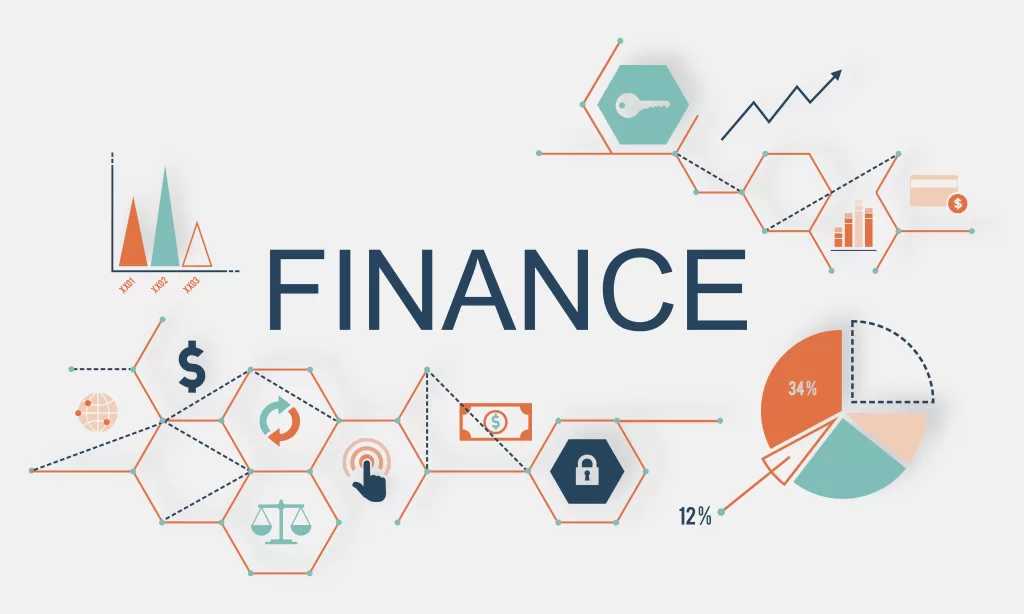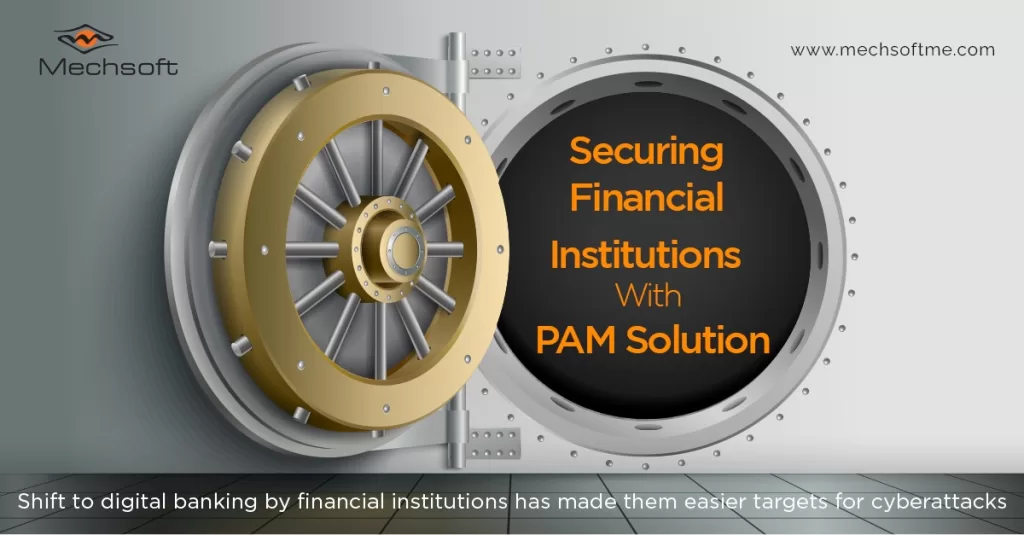Table of Contents
Cybercriminals frequently target financial institutions. As cyber Security threats become more sophisticated, these institutions confront various risks of extortion, theft, and fraud. They may also face attacks from nation-state actors.
Banks risk substantial financial and reputational damage, along with customer loyalty loss, due to data breaches.
Consequently, it is increasingly crucial for financial institutions to fortify their defenses with robust access security, particularly through privileged access management (PAM).
Why Do Hackers Target Financial Institutions?

Banks, insurance companies, and mortgage lenders, among other financial entities, are vulnerable to data breaches. They constantly face threats including financial losses from breaches, regulatory penalties, and reputational harm.
Every day and hour, these institutions handle, store, and transmit crucial business and private customer information. This relentless accumulation of data increases their responsibility to safeguard it daily.
Compromised Personally Identifiable Information (PII) commands a high price on the dark web, making the industry particularly susceptible to breaches.
Cyber Security Challenges in Finance, Banking, and Digital Infrastructure
Complex Architecture of Finance and Banking
Financial institutions typically operate complex IT environments, featuring numerous systems and applications that need privileged access. Actively managing and securing these privileged accounts presents a significant challenge.
Cyber Security Risks
Cyber security is a critical concern in banking, as banks now have more extensive attack surfaces than before. Given the sensitive data and transactions they manage, the finance and banking sector stands as a prime target for cybercriminals.
Banks and financial institutions must continually invest in cyber security strategies to defend against data breaches, theft, and fraud.
Compliance Management
The finance and banking industry faces various regulatory requirements, including PCI DSS, GLBA, and SOX, obligating them to establish robust security controls and monitor privileged access.
Complying with these standards can be expensive and time-consuming, particularly when managing multiple frameworks.
Insider Threats
Malicious employees or contractors, as insiders, significantly threaten financial institutions by potentially abusing their privileged access to steal sensitive data or engage in fraud.
Similarly, human error contributes to vulnerabilities, leading to phishing attacks and malware downloads. To detect and prevent these insider threats, financial institutions need advanced security controls, continuous employee monitoring, and ongoing employee training.
Third-party Service Providers
Financial institutions regularly collaborate with third-party vendors needing privileged access to their systems and applications.
The challenge lies in managing and securing this access, which involves confirming that each vendor possesses the appropriate access levels and security controls.
How Privileged Access Management (PAM) Helps Finance and Banking Institute?

What is Privileged Access Management (PAM)
Privileged Access Management (PAM) refers to a collection of policies, procedures, and tools aimed at managing and safeguarding privileged access to essential systems and data.
Consider the following methods through which PAM can assist the finance and banking sector in addressing cyber security challenges:
Password Automation
PAM aids in defending against cyber security threats by securing privileged accounts, which are frequent targets of cybercriminals.
It safeguards these accounts through the enforcement of robust password management, using an encrypted vault and regular rotations to prevent credential compromise.
Cyber security Compliance
The finance and banking industry stands to gain significantly from PAM solutions, which assist in adhering to regulatory requirements concerning privileged access, like those specified in the Payment Card Industry Data Security Standards (PCI DSS) and the Sarbanes-Oxley Act (SOX).
PAM tools offer auditing and reporting features that facilitate demonstrating compliance with these regulations.
Securing Frame WorK
PAM enables the finance and banking sector to navigate technological disruptions securely by offering a framework to manage access to emerging digital platforms and technologies.
It allows for integration with various digital platforms, ensuring secure and compliant access to crucial systems and data.
Privileged Account Lifecycle Management
PAM solutions can streamline privileged account management, easing the workload on IT staff and enhancing operational efficiency.
User Event Monitoring
PAM solutions not only address external threats but also help reduce the risk of insider threats troubling the finance and banking sectors. They do this by offering detailed access controls, monitoring activities, and automating alerts for suspicious behavior.
Conclusion
Mechsoft Technologies serves as your ideal PAM partner, delivering solutions tailored to the finance and banking industry’s unique needs. This tool comes equipped with advanced, customizable features that are both robust and easy to implement.
Contact Mechsoft Technologies for your custom privileged access management (PAM) solution. The best PAM solution provider in the Middle East & Dubai, UAE.



